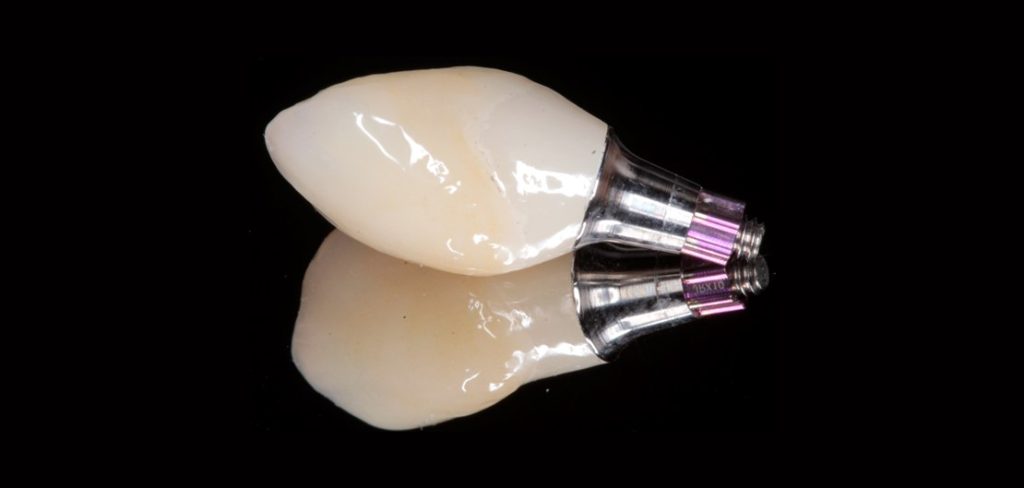Immediate implantation refers to the procedure where
an implant is placed directly after tooth extraction in the
same location.
Based on our current knowledge, we can confidently state that
this procedure is just as successful as the traditional method,
where several months have passed since the tooth extraction and
the site has fully healed. In fact, the question nowadays is
not in which cases immediate implantation can be performed, but
rather whether there is any reason (e.g., acute inflammation)
that would prevent the procedure from being carried out.

